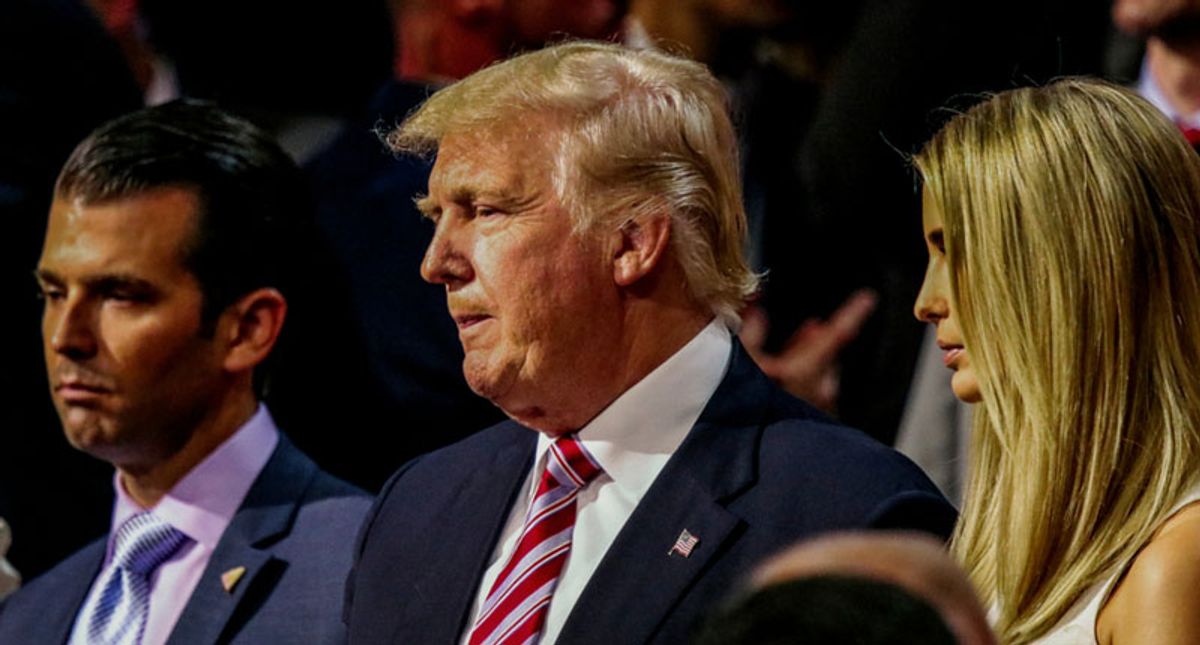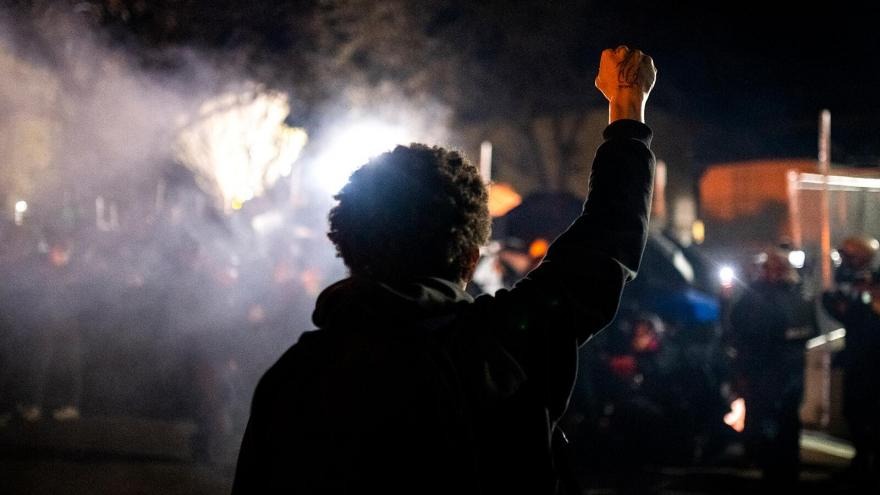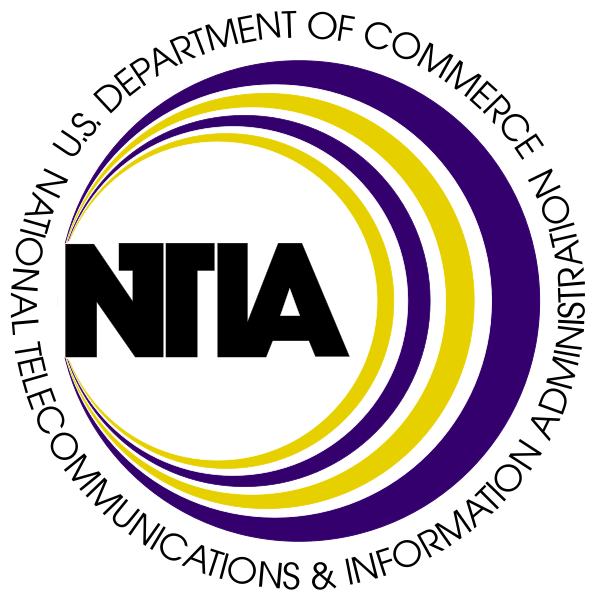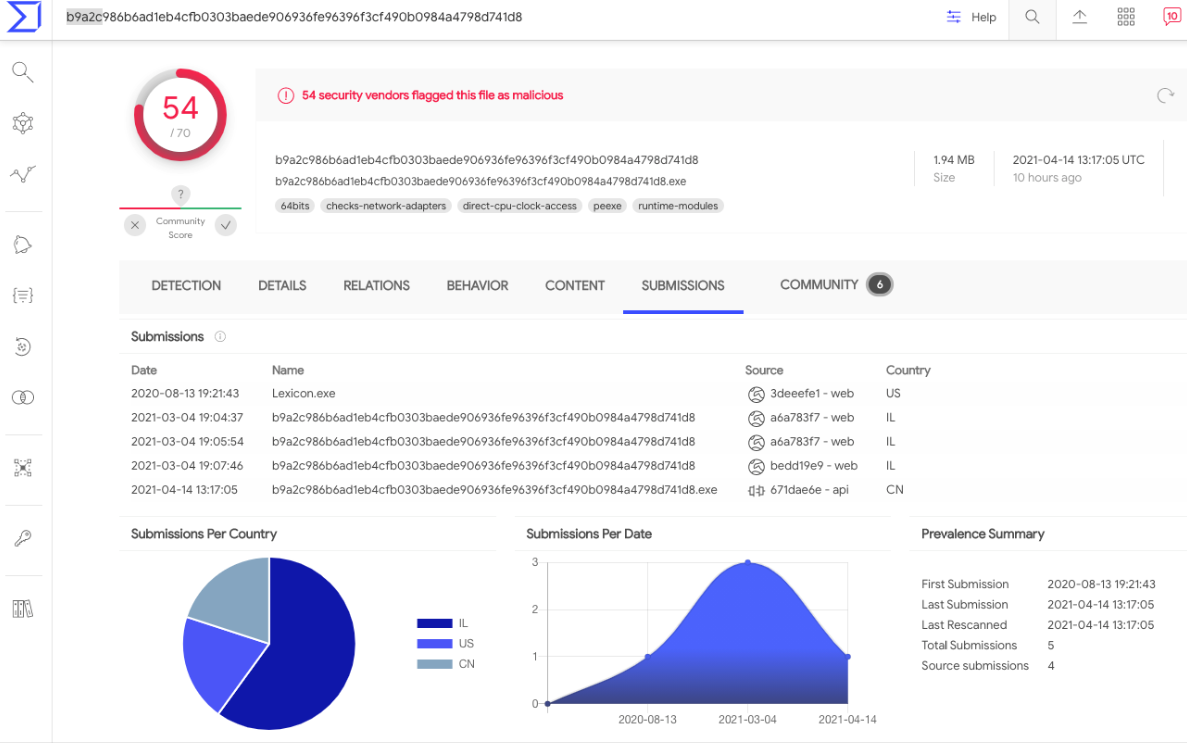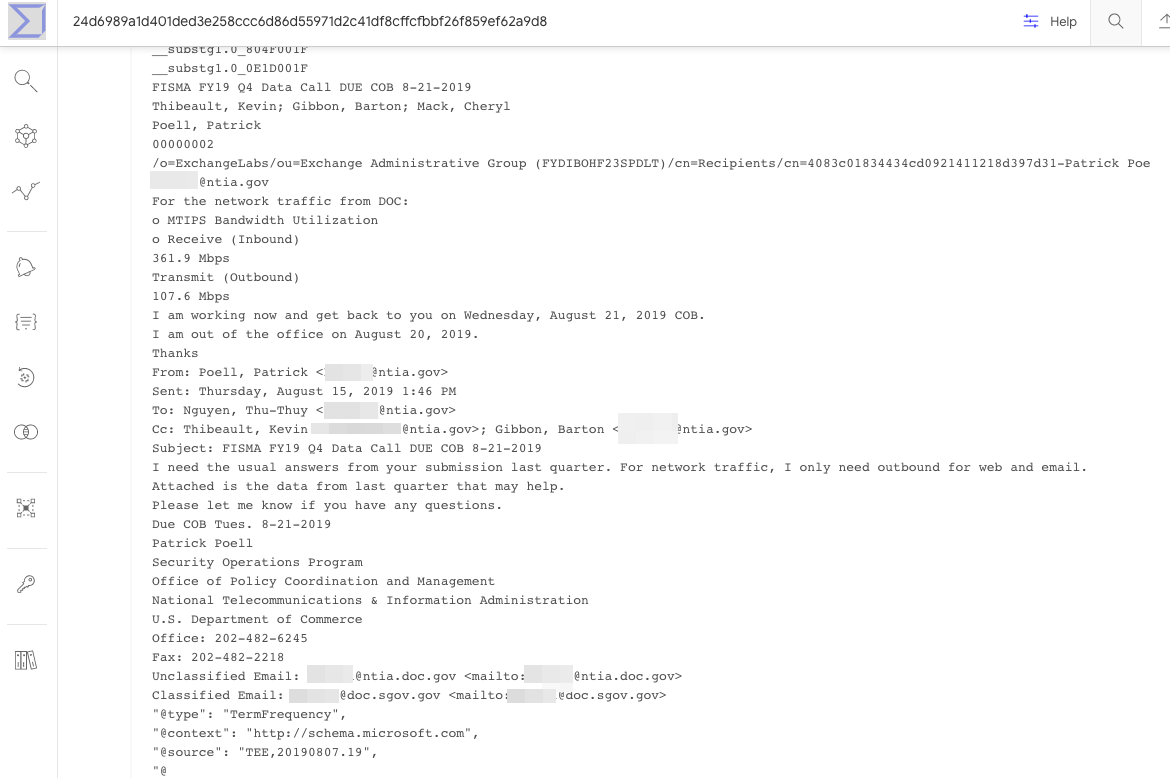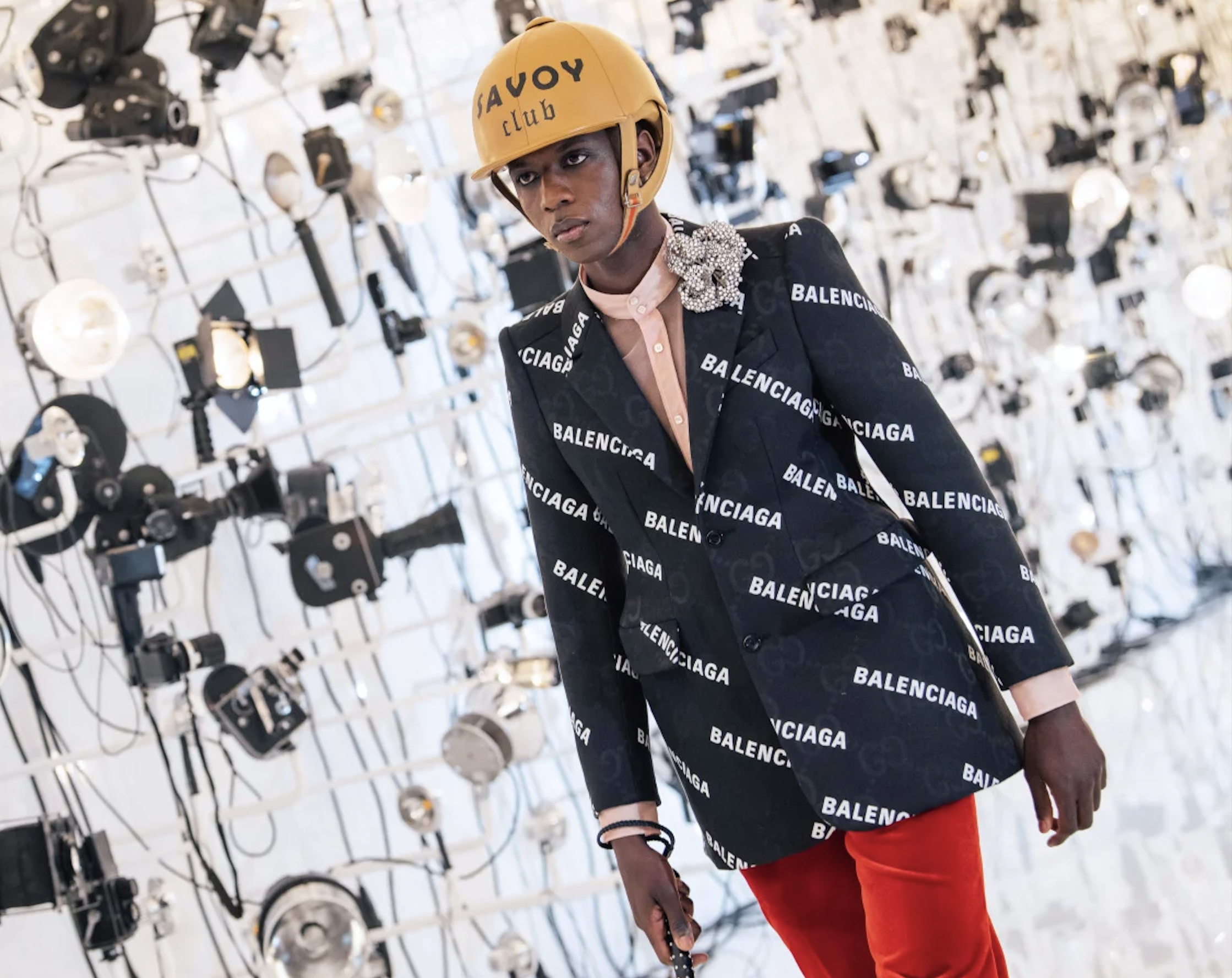There is No Substitute for the Rank and File: Thoughts on Amazon Unionization
The Bessemer Amazon union was defeated by an almost 2-1 margin. This wasn’t just due to tactical mistakes. It’s due to a top-down, bureaucratic union model. To take on Amazon’s colossal strength, there is no substitute for the power of a combative rank-and-file movement.
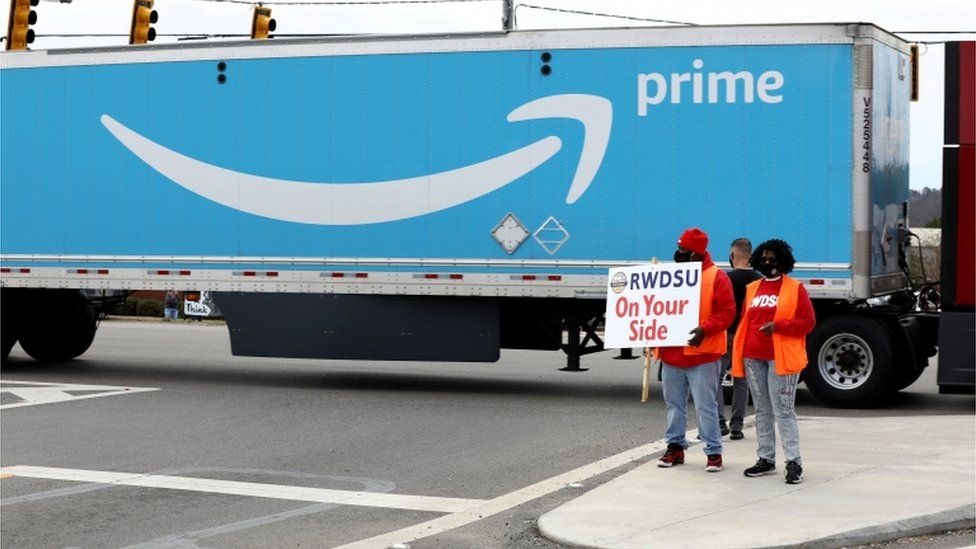
The Bessemer Amazon unionization effort was full of potential. It held the promise of a union bringing together the Black Lives Matter movement and a struggle for labor rights in order to take on one of the biggest, most odious corporations in the country. Maybe a Southern state would set off a movement again, like West Virginia and Oklahoma kicked off the teachers’ spring.
Alongside Left Voice comrades, I decided to go to Bessemer, Alabama the week before voting ended. As I prepared to go, I had a weird feeling. I kept looking at interviews and I saw just two Amazon workers, over and over and over. They were great spokespeople, no doubt. But where were the other 5,698 workers?
I know what a dynamic workers struggle looks like. There are usually worker-led actions with tons of workers full of rage and willing to talk about their fight. That certainly was the case at some of the workers’ struggles I reported from over the past few years: the Hunts Point strike in New York City, the Oklahoma teachers’ strike, and the Hilton unionization effort before that. And when I lived in Brazil, I saw workers take more radicalized action: a bus drivers strike where the bus drivers broke the mirrors of the buses driven by scabs and blocked a major highway. Whether more radicalized or not, the air around all these struggles is the same: workers full of class hatred and conviction in their strength in the fight and in solidarity with each other.
Left Voice is hosting a panel with Bessemer Amazon worker and Black liberation activist and Robin D.G. Kelly, author of Hammer and Hoe to Black struggle and the labor movement. and
In the weeks prior to my arrival in Alabama, I emailed the Retail, Wholesale, and Department Store Union (RWDSU) to ask for an interview with a worker. No response. While the big press was getting interviews, independent media didn’t seem to. Even Jacobin didn’t have one. Where were the workers? And if the workers weren’t activated, this didn’t bode well for the union.
Upon arrival, I went canvassing with DSA and Socialist Alternative members. I was impressed — it’s not everyday a union allows leftists to organize their canvassing. I saw tons of support in the community, especially the Black community.
But I didn’t see any workers canvassing.
The next day, I went to the door of the Amazon warehouse. We stood outside and waved signs in solidarity with the union. I noticed how quickly the traffic lights changed, making it hard to cross the street and certainly to talk to workers. After all, Amazon had petitioned the city to change the timing of the traffic lights, an absurd example of the state “managing the common affairs of the whole bourgeoisie,” as Marx and Engels put it in The Communist Manifesto. By law, we were only allowed to stand three people to a curb. I noticed the cops circling the warehouse. The next day, some of my Left Voice comrades got harassed by the police for stepping on the grass in front of Amazon. Turns out Amazon hired off duty cops to patrol the facility.
There is a lot of repression, I thought. What must it be like inside the warehouse? And also, where are the workers? Shouldn’t they be standing out here, in a show of strength? I asked one of the staffers who said it’s the explicit strategy of the RWDSU not to have very many workers in the forefront. After all, Amazon may fire someone or retaliate.
Maybe that’s true. Maybe organizers want to play closer to the chest. Sometimes you have to organize in secret, especially when there is so much repression. Maybe there were workers canvassing at every workers’ house. Maybe there are secret Zoom meetings by shift with hundreds, even thousands of workers. Maybe the rank and file is mobilized behind the scenes. But I remember my comrade who unionized his own workplace saying, “The most important thing before a union vote is for the anger at the bosses to be stronger than the fear.” The RWDSU was accepting the fear as natural and organizing around the fear. The union seemed to be organizing to just sneak by, not mobilize workers to stand up to the bosses together and fight together. In fact, the opposite from what the RWDSU staffer said is often true — the more public demonstrations, the less likely it is the boss can retaliate.
That’s especially true with all the national support, all the workers who traveled to Alabama — shouldn’t they be speaking to the Amazon workers? A comrade who is a nurse had traveled to Bessemer a few weeks prior to stand in solidarity. He wasn’t introduced to any workers. Why didn’t the union take an active role in making connections between essential workers? Why didn’t it create mobilizations of other RWDSU rank-and-file workers and Bessemer Amazon workers to stand together in solidarity, discuss and engage in actions together? It would strengthen the struggle to know that workers across the country are standing with them.
It was really difficult to find Amazon workers to speak to.
I asked around for Amazon workers, and folks directed me to the union, and the union was giving us the runaround. And we didn’t want to hear just from the leaders. We wanted to hear from the rank and file of the movement as well. But we weren’t able to get in touch with either.
Maybe we could go to the Waffle House near the Amazon warehouse and just camp out all day? Maybe that way we’ll meet workers. This plan almost happened. But a friend was able to put us in contact with a family member dating an Amazon worker. Success. And then an activist we met in Birmingham had a friend, an activist from the movement who works at Amazon — Frances Wallace. We scheduled the interviews.
Later, it was announced that Bernie Sanders was coming to town. Part of me was surprised the event was in Birmingham, about 30 minutes away from the warehouse in Bessemer. But as everyone seems to have a car in Alabama, maybe it wasn’t a big deal. Surely there will be a lot of workers at this, my comrades and I think.
But when we went to the event, there was a huge crowd of reporters, folks from Our Revolution, DSA, and Socialist Alternative. There were only about a dozen workers. After the speeches, we rushed to try to talk to some of the workers, who were quickly whisked away by union leaders for a meeting with Sanders. I got yelled at by a reporter who was talking to another worker. Apparently, she wanted an “exclusive.” My first competitive labor reporting experience. And it was competitive because there were way more reporters than workers.
In fact, in the press, there seemed to be a normalization of the fact that the workers weren’t the faces of the movement. Staffers and even members of Our Revolution ended up on New York Times covers. Go back and check — most of the images of the Amazon unionization in Bessemer aren’t actually of Amazon workers.
Finally, we spoke to two Amazon workers. Both voted yes on the union, but neither had any contact with the union other than text messages. Neither had a house visit or a face-to-face discussion with some of the core organizers. They didn’t know of any organizing the union did other than standing outside the warehouse.
We spoke with Frances, who is on medical leave and is an activist in the Black Lives Matter movement. They have been arrested almost a dozen times and is an activist and self-identified revolutionary. They are 20 years old and a born leader and organizer. Among the nearly 1,000 workers who did vote for the union, there must be a dozen workers like Frances that could have been engaged in a more militant campaign.
Our second interview was anonymous. They and their partner drove out to our Airbnb from Bessemer. Their partner is supportive of the union and of speaking out — that’s why they made the time. They watch the kids in the car while the Amazon worker sat with a few comrades and me to chat. The Amazon worker chose to be completely anonymous. Their partner balked and protested, but they say, “I got kids, you know. I can’t do just anything.” The fear of retribution is real.
I ask Frances and the anonymous Amazon worker if they can hook us up with co-workers. They don’t know their co-workers. Between Covid restrictions and the revolving door of employees, they don’t know their co-workers. It’s a stark difference with the miners that went on strike just a week later. One of the miners we interviewed said, “We had New Year’s Eve dinner underground, Christmas dinner underground, me and my friends, me and my brothers.” The brutal labor conditions in the mine bring them into physical proximity. In the past, that created a combative miners’ movement. The brutal labor conditions at Amazon keep them apart.
And even on the last day of the vote, people were still far apart from each other.
A Postmortem
After the union’s staggering defeat in the vote count, union president Stuart Applebaum is still painting the unionization effort with rose-colored glasses. He’s wrong. This was a defeat, and it’s a high-profile setback for the labor movement as a whole. That doesn’t mean the labor movement is crushed forever, or that Amazon will never be unionized. But let’s call a spade a spade.
We shouldn’t, however, normalize or underestimate the kitchen sink of legal and illegal mechanisms thrown at the workers. After all, Amazon, like Walmart, has become one of the biggest and wealthiest corporations in the United States by having a revolving door of non-unionized labor. It’s a central part of their labor model, of the way they extract surplus value from workers. It’s what made them the wealthiest corporations in the world.
It’s disgusting, really, that the wealthiest man in the world and the second-largest corporation in the United States have workers peeing in bottles, working in the Alabama heat without so much as fans, breaking their bodies for the profits of Jeff Bezos. It’s dystopian to hear Amazon say Black Lives Matter while Black workers destroy their bodies for Bezos’ profits; it’s the most repulsive gaslighting to hear the Wall Street Journal say that workers like their working conditions and just didn’t see the need for a union.
It’s so hard to unionize as a result of incredibly restrictive labor laws. This is the direct result of decades of Democrats and Republicans passing and upholding anti-union laws. These laws are passed without resistance,and have undermined unions and unionization efforts for decades. This is the direct result of the fact that the union leaderships are tied to the Democratic Party. These laws came alongside a strong ideological offensive against unions that treats workers’ organizations as if they are little more than the sum of their bureaucratic leaderships and demonizes the collective organization of the labor force. This is in large part the result of tying labor to the state through the National Labor Relations Act. As James Hoff explains in , the impact of the NLRA was “the creation of a legalistic framework that brought labor and labor unions into the fold of the maintenance of capitalist production … Because the continued existence of unions had been made into a largely legislative issue, union nationals and their bureaucratic leaderships began to pour untold amounts of energy, money, and ideological efforts into lobbying and supporting imperialist Democratic Party politicians to maintain and increase legal rights for unions.” The legalistic framework of the NLRA and the Taft-Hartley Act that amended it has resulted in a weakened labor movement, and by adding untold levels of bureaucratization to the process of unionization has ultimately made it harder for workers to form unions.
As Charlie Post put it, the NLRB has “overseen, and often facilitated, the near total collapse of , and state legislators across the country have launched a new offensive against the last bastion of unionism in the United States — the public sector.”
While Biden wants to act like the most pro-union president in history, he can’t hide from his neoliberal past or that of his party. In the past year, shit really hit the fan — people went out burning police stations and right-wingers tried to storm the Capitol. As unions have shrunk in size and influence, sectors of the working class have deserted the Democratic Party, either not voting or voting for Donald Trump. Neoliberalism created left and right polarization and Biden sees it as his job to create a new center. And what better way to do that than top-down unions that funnel people back into the Democratic Party and tame the most radical elements of the labor movement? Of course, unions don’t need to be that way, but they certainly have been over the past decades.
There is No Substitute for the Working Class
The truth is that Amazon workers were notably absent from the unionization struggle. The thousands of workers in the warehouse — or even a vanguard of hundreds — just weren’t mobilized in any noticeable way. Jane McAlevey has the in The Nation. But in her assessment it seems like a list of tactical problems — like the union just forgot to mobilize the workers. I think the problem is deeper.
Business unionism has become the model since the post-World War II era — creating unions focused on providing services for workers. Workers are, at best, clients. Unions, on the one hand, provide services, and on the other tell workers that their power is not in their ability to strike, but in their ability to vote for the Democrats. Unions have become a wing of the Democratic Party — using vast resources to tie the fate of the working class to the Democrats. This is what Mike Davis calls the “barren marriage of American labor and the Democratic Party.” In Prisoners of the American Dream he explains, “The harnessing of industrial unionism to renovate the vote-gathering machinery of the Democratic Party was an effective instrumental relationship in one direction only.” And we all know what direction that is. This comes with a radical shift away from almost any form of militant action — since the appeal is to the Democratic Party, militancy is off the table.
The unions have built an army of staffers; many genuinely want to play a role in the labor movement and want to empower the rank and file. But instead, they end up overworked and stuck organizing workers to canvass for Democrats. One of my comrades told me that UNITE HERE union had much of its unionized workforce laid off during the pandemic. The union didn’t pour resources into fighting those layoffs. Instead, it flew workers to other states to campaign for Biden.
This barren marriage between labor and the Democratic Party is exemplified by this Amazon unionization campaign. It substituted the protagonism of rank-and-file workers with big-name Democrats. Again, the RWDSU attempted to teach workers the same lesson: that their power is with the Democrats, with Joe Biden or Stacey Abrams. It was explicit, with the countless signs of Stacey Abrams flexing her muscle telling workers to vote yes at a picket line with no workers. And this is a losing strategy for workers. It has been a losing strategy since the beginning. It isn’t a loss for Democrats, though, who now can pretend they are on the side of the working class in an immensely popular labor struggle.
But of course, union leadership knows this. McAlevey’s article is a unionizing 101 manual. And yet, the RWDSU leadership didn’t organize that way. Perhaps it is because an organized, combative, Black workforce isn’t so easy to reign in. But what we do know is that this is a strategy that has lost over and over — and continuing to use it against Amazon’s sophisticated anti-union campaign just invites a loss.
If you read Jacobin, with the exception of some articles you would think the solution isn’t to mobilize the rank and file more but that it’s the PRO Act. This is another problematic conclusion that is not based on developing class struggle or the self-organization of a combative working class. It doesn’t pose the perspective or organization to overcome the narrow confines of the NLRB that ties the labor movement to the state. Or worse, the DSA is calling to vote for progressive Democrats who support the PRO Act — more faith in the barren marriage of Democrats and labor.
But to win, there is just no substitute for the working class.
Now What?
A Jacobin article explains that there is a phenomena of “laborism without labor” — a phrase that perfectly embodies the Amazon unionization struggle. Hundreds of progressives all over the country held solidarity rallies. Even the capitalist media wrote favorably about this unionization effort. But it didn’t help advance the self-organization of workers. It didn’t leave behind a network of hundreds of Amazon workers in Bessemer connected to workers all over the country. It didn’t leave behind the bonds of hundreds of Amazon workers who know all of the workers on their shift, and who are thus ready to mobilize each other when needed. It didn’t leave behind the bonds of collective discussion and decision making.
And that’s the biggest loss in this Amazon unionization effort.
My comrades went back to Alabama to cover the miners strike — with an active rank and file at picket lines every day. While they were there, they attended the rally called by the RWDSU and several other unions. Again, about a dozen workers were in attendance. A few more than usual. The staffers spoke, and union leaders from other sectors spoke, along with two Amazon workers. The rank and file was missing — both from Amazon in Bessemer and from other sectors of workers.
The RWDSU is contesting the results of the unionization effort with the NLRB. It is correct to do that — Amazon used legal and illegal mechanisms to try to crush this unionization effort. But it’s unlikely the union will win a second round, much less a good contract, if it doesn’t make a drastic change.
Likely more than 1,000 workers stood strong in the face of all of Amazon’s anti-union bullying and voted yes on the union. These workers can be the vanguard of the struggle against Amazon and the foundation of a union. They can and could begin organizing house visits and shift-based assemblies of workers to share concerns and organize actions. And the outside support certainly can help — speaking out against any retaliation or even attempted retaliation. Frances said, “This is just round 1. We tried the easy way and they didn’t want it the easy way. So we gonna do it the hard way. They aren’t going to give it to you unless you take it from them. We need to show them we mean business, whether that means a strike or walkout.”
They are right. But to organize for that, there needs to be — first and foremost — rank-and-file organization.
Even though defeated, the effort did have an impact. There is a national conversation — and indeed, national hatred towards Amazon and its horrendous working conditions. A 2018 named Amazon as the second-most trusted institution in the country — and that’s just not the case anymore, thanks in part to the national phenomena around this unionization campaign. While it wasn’t just Bessemer, the unionization effort did help highlight these horrendous conditions. And already, workers around the country have reached out to unions, planning on organizing their own warehouses. The fight against Amazon is also rearing its head in Chicago, where workers walked out of a warehouse.
There is potential here. But potential is not enough. We must learn lessons from this loss. The old business-unionism model, the old begging at the table of the NLRB for a union — a strategy tied to union leaders tied to the Democratic Party — is a failed strategy. Even overwhelmingly good press can’t fix this broken strategy.
But with an organized, combative, and militant rank and file connected to the wide networks of working-class solidarity, it is possible to defeat Amazon. It won’t be easy. A miner we interviewed said it best: “ When the [miners’ unions] was formed, it took blood. It took literally a war to start the united mine workers. It’s so hard to start a union … If [the working class] stands together, maybe we can start to change it.”
There are chapters of labor history yet to be written in which the united working class can and will do spectacular things, but only if workers are organized democratically at the rank-and-file level, independent of the capitalists and their parties, to fight for their own interests and the interests of their commun
